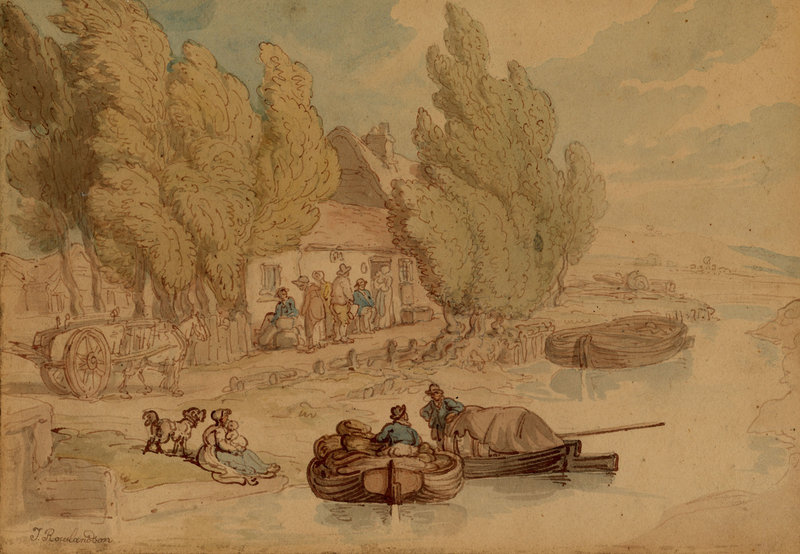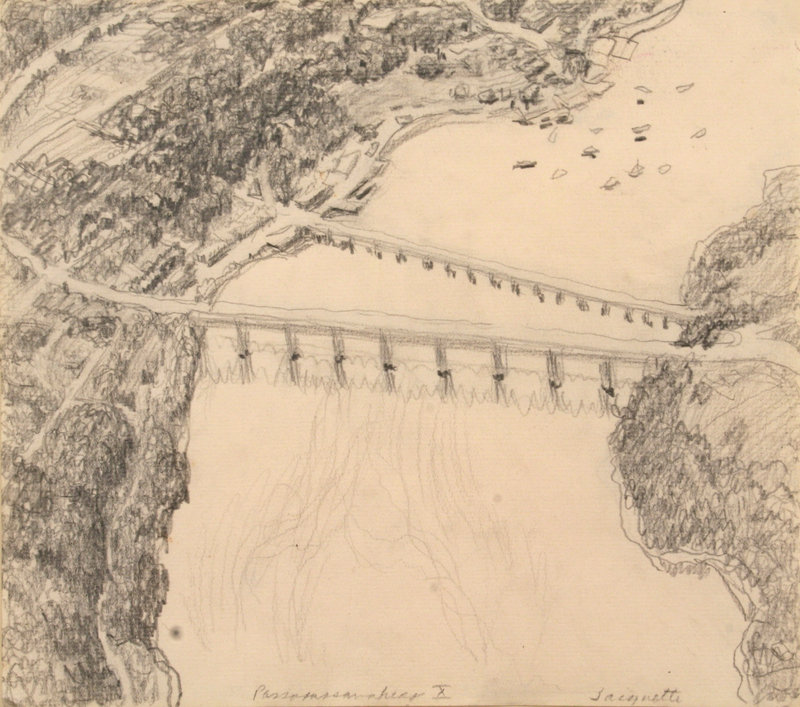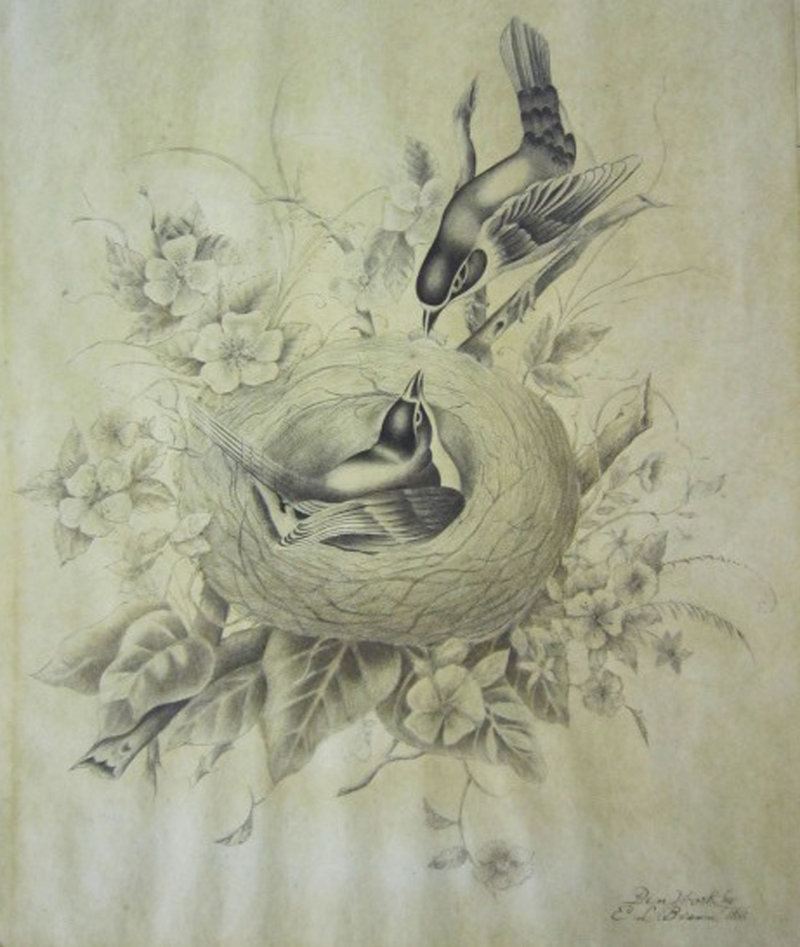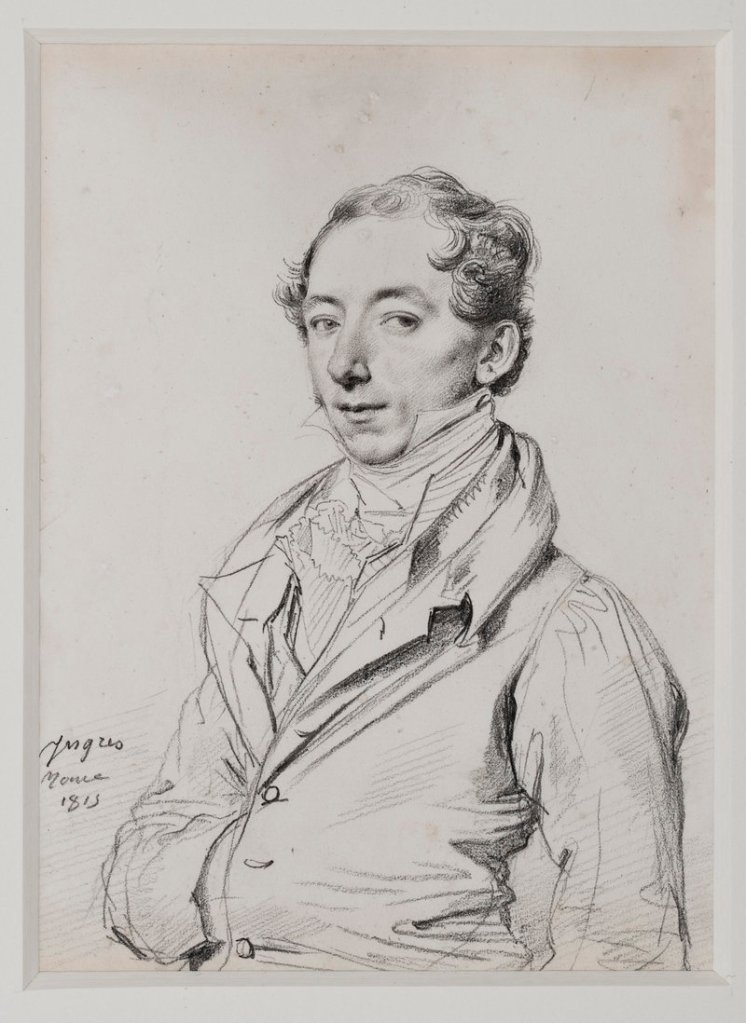ROCKLAND — By their very nature, drawings feel fleeting. They often represent an artist’s early vision of a painting or sculpture, or a first impression of a subject that might later become a portrait.
Drawings are more ephemeral than paintings. They’re subject to degradation over time, and are among the most fragile works an artist might produce. Because of their delicate nature, museums often do not exhibit them. When they do, those drawings are on view for brief periods of time to limit their exposure to light.
And yet, a drawing also represents perhaps the most accessible entry point to an artist’s work. We all draw. We can all leave our mark with pencil or similar instrument on paper. As kids, drawing was among our first means of communication and self expression. Drawing is personal, often unadorned and entirely autographic.
This year, almost two dozen Maine museums and galleries collaborate for “Where to Draw the Line: The Maine Drawing Project,” a statewide effort designed to encourage institutions to look deep into their collected works. Throughout 2011, institutions from York to Presque Isle and from Bangor to Fryeburg will mount exhibitions that celebrate the intrinsic joy of drawing.
Participating institutions range from the largest museums in Maine to tiny noncommercial galleries. Some will show traditional forms of drawings, others are exploring nontraditional notions. As an example of the latter, this fall at Lord Hall Gallery at the University of Maine, curator Laurie Hicks will invite seven to 10 artists from around Orono and Bangor to come to the gallery and draw directly on the walls.
The Maine Drawing Project takes it cue from the Maine Print Project, a similar but more involved and coordinated statewide effort in 2006 that focused on the history of printmaking in Maine. The drawing project is less involved than the print project — there is no catalog, and institutions are free to mount shows that include work made outside the state.
But the premise is similar.
“We decided we wanted to come back again and do a focused, cohesive statewide initiative,” said Hicks, professor of art at Orono. “We went around and around on a lot of different topics, and eventually decided to keep with the initial strategy of a media-specific focus. Last time is was prints; this time it’s drawing.”
Exhibitions will open across the state throughout the year. The first opens Jan. 22 with “Mind to Hand” at the Farnsworth Art Museum in Rockland. The title refers to the act of drawing, said Farnsworth curatorial assistant Jane Bianco.
In its purest and simplest form, drawing represents the immediate transfer of information and impressions from mind to hand, she said, quoting Italian painter Giorgio Vasari, who described drawing as “a visible expression and declaration of our inner conception.”
Of drawing and sketching, Monhegan artist Reuben Tam wrote in his journal that “these material entities (serve) as the only physical proof of one’s vision and quest “
“Mind to Hand” is one of three drawing exhibitions the Farnsworth will host this year, and it encompasses a variety of drawings from the museum’s permanent collection. The show will be on view for a relatively short amount of time — until April 3 — because of the risk to the drawings of prolonged exposure to light.
The drawings themselves go back to Jonathan Fisher’s 1794 architectural drawing of a planned schoolhouse. Fisher, who settled in Blue Hill, made the drawing while studying math and divinity at Harvard. It’s a complex sketch in ink and pencil, showing floor plans, views of the schoolhouse from different angles, and a series of notes in his hand explaining details of the proposed building project. His handwriting is lovely, and becomes part of the design of the drawing itself.
On the other end of the spectrum is a quick Waldo Pierce graphite sketch of three dancers on stage, completed in the early 1940s. Pierce presumably was in the audience during a musical production, and this sketch appears to have been completed from his seat. It’s full of energy and emotion.
Similarly, Fairfield Porter’s “Study for Beach Flowers #2” is little more than a flurry of quick marks and notes from the artist to himself for reference during the painting process. “Show color on green,” he scribbled in the margin of the pen sketch.
Bianco is also showing an aerial sketch by Yvonne Jacquette of the river at Belfast. The artist used it later for a famous finished painting.
“Looking at this makes me feel giddy,” Bianco said of the Jacquette sketch. “You can see her leaning out of the helicopter or whatever she was in up there. You can feel the movement. It’s an outstanding example of a quick sketch under difficult circumstances.”
In March, the Portland Museum of Art will open an exhibition that focuses on European drawing culled from the Joan Whitney Payson Collection. It will include about 30 drawings and highlight masterworks of exceptional draftsmen from the 18th, 19th and 20th centuries.
The works will range from landscapes and portraits to architectural studies.
“A lot of these works have not been viewed since coming into the collection because of the fragile nature of the paper itself,” said Margaret Burgess, associate curator of modern and European art.
One of Burgess’ favorite pieces in the show is a drawing by Jean-Auguste-Dominique Ingres of a young aristocrat. It is a formal portrait of a young man who exudes karma as a gentleman and scholar. His stature is obvious by the artist’s execution of the portrait.
“Ingres captured in portrait this eager and upstanding gentleman,” Burgess said. “It is lovely in that it is a finished work of art, but also has the immediacy of drawing.”
Staff Writer Bob Keyes can be contacted at 791-6457 or at:
bkeyes@pressherald.com
Follow him on Twitter at:
twitter.com/pphbkeyes
Send questions/comments to the editors.







Success. Please wait for the page to reload. If the page does not reload within 5 seconds, please refresh the page.
Enter your email and password to access comments.
Hi, to comment on stories you must . This profile is in addition to your subscription and website login.
Already have a commenting profile? .
Invalid username/password.
Please check your email to confirm and complete your registration.
Only subscribers are eligible to post comments. Please subscribe or login first for digital access. Here’s why.
Use the form below to reset your password. When you've submitted your account email, we will send an email with a reset code.